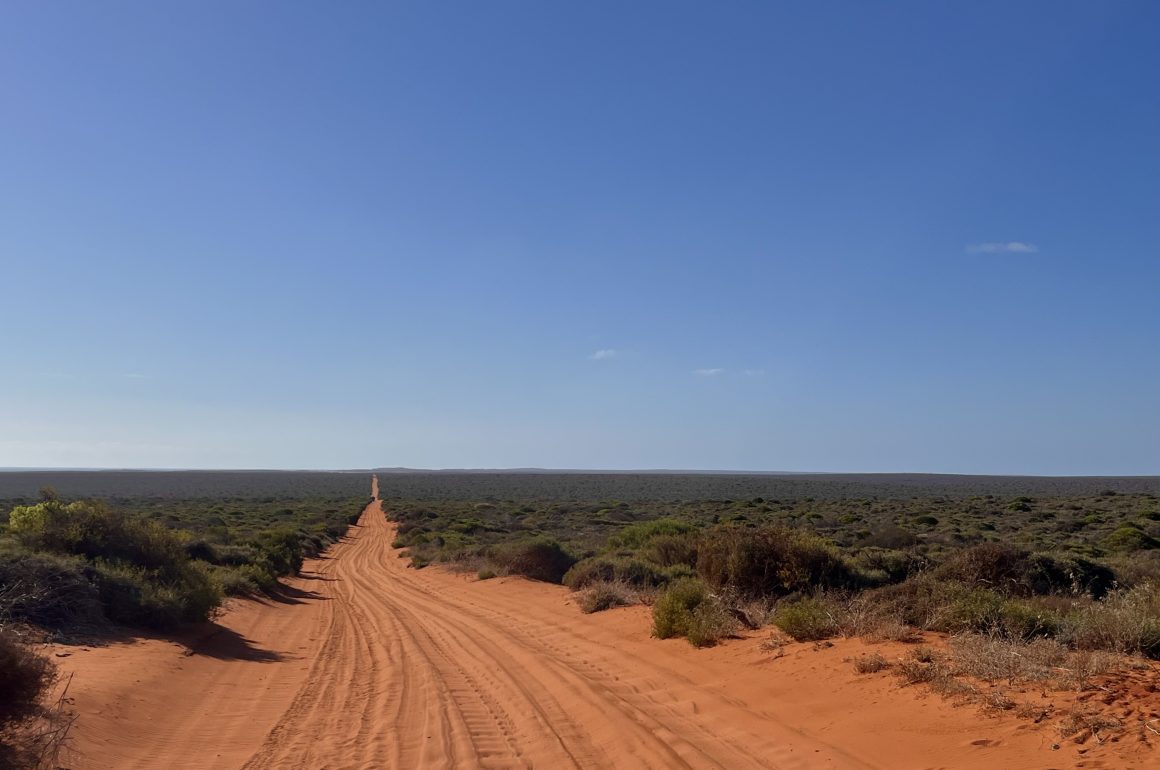
New post, new continent! The title is already giving it away, but yes, I have returned to the glorious country of Australia and more specifically – Western Australia. I say returned as I was here last year around the same time. Purpose of my trip? Chasing wind and waves for my other addiction (I mean passion?) besides birding – windsurfing. I am here in order to compete in competitions, enjoy time with family, take in the sights and of course stand in-awe and peer at the dazzling endemics of Western Australia.
Birding is not an easy task down here. It is hot, the birds are quick, where there is water there often are a lot of flies trying to crawl up your nose, and besides all that you have to watch your step as everything can kill you. Okay, maybe that’s a slight exaggeration but just a slight one. However, despite all this it is absolutely stunning! For a European birder like me, used to seeing a brownish warbler somewhere behind an array of thick scrub, bright, pink parrots also known as Galah’s (Eolophus roseicapilla) flying just above my head is quite the sight. The colours stand out in birds such as parrots and honeyeaters which are in a great abundance here and can be seen in almost every garden. Singing Honeyeater (Gavicalis virescens) is a daily sighting and can be heard almost anywhere both in a city centre as well as the bush.
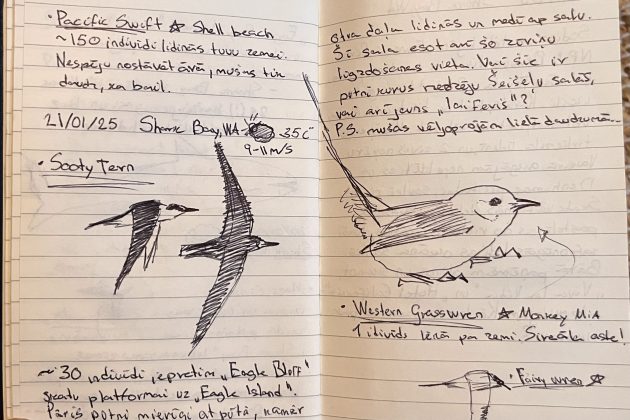
So far in Australia my birding has been mostly incidental with a few exceptions. But since I am moving around a lot in search for wind I see much along the way. For example, driving away from Shark Bay (stunning area by the way) I saw a pretty big bird on the road absolutely devouring a roadkill. A look through the binos set my eyes on a Wedge-tailed Eagle (Aquila audax). It flew off and landed on a dead tree near the road and I had a great look at this beast. Dark with a very contrasting light bill makes this a beautiful raptor and it is also the largest on the Australian continent! Besides rabbits and some other small critters, roadkill is an important part of this species diet.
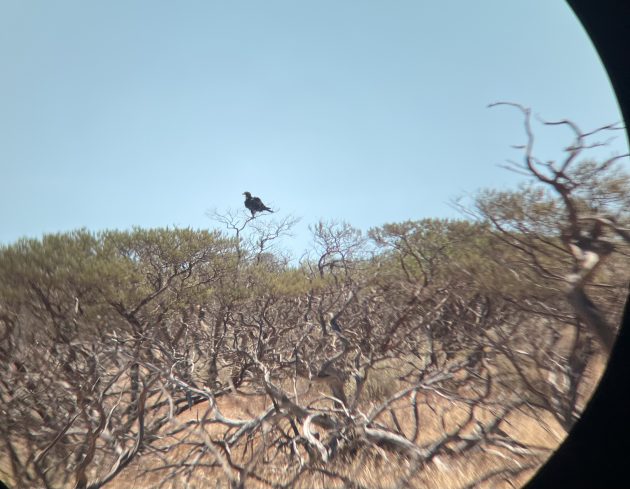
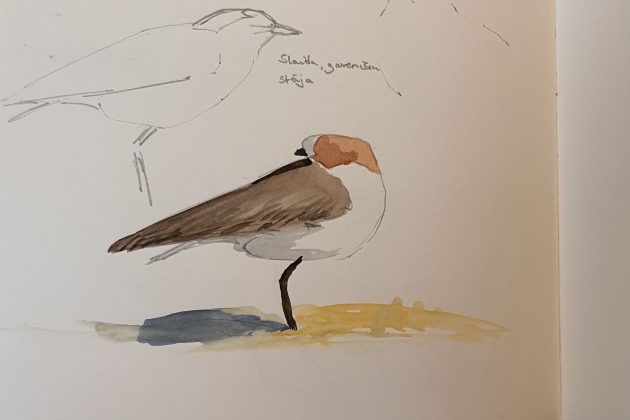
Another “shocker” for me was the Emu (Dromaius novaehollandiae) or as my dad started calling them “piles of hey” as they do resemble a pile of hey slightly with those interesting body feathers:) In the town of Denham in Shark Bay, these birds are walking right in the town’s centre as they would be pigeons in New York. I have to tell you that it is quite exciting to see this dinosaur-looking bird just strolling through like he owns the town and sometimes casually bumping in some people whilst foraging with it’s head put down.
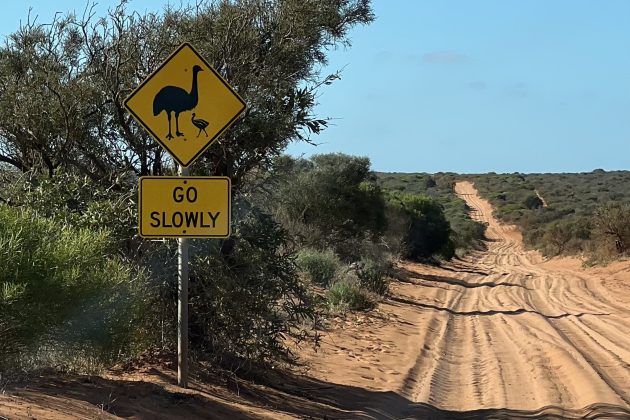
Australia truly is an interesting country with its landscapes, birds and khem sharks, snakes, spiders etc. etc. etc. 🙂 But despite all that it is totally worth visiting and you will be blown away. I have been here for two weeks and I still got two weeks in front of me so in that time I will certainly go on a walkabout and do some intentional birding and write up longer articles so you can hopefully enjoy Australia through my words:)

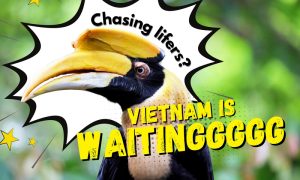

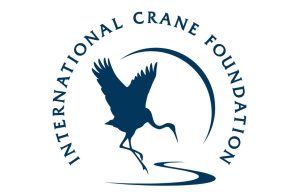
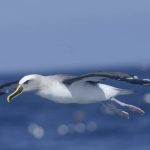
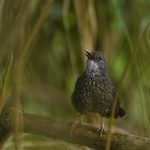
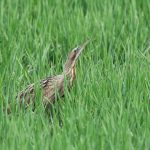
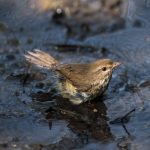
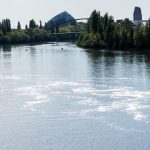
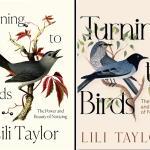
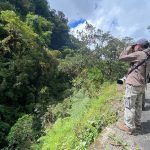
Of course, emus are dinosaurs. Great sketches again. Absolutely love them.